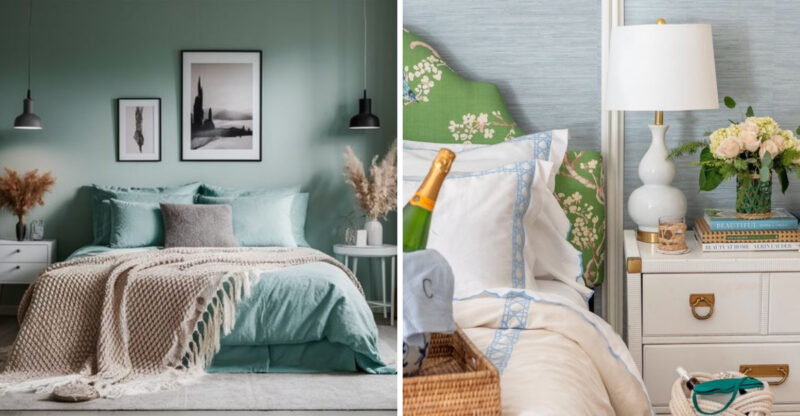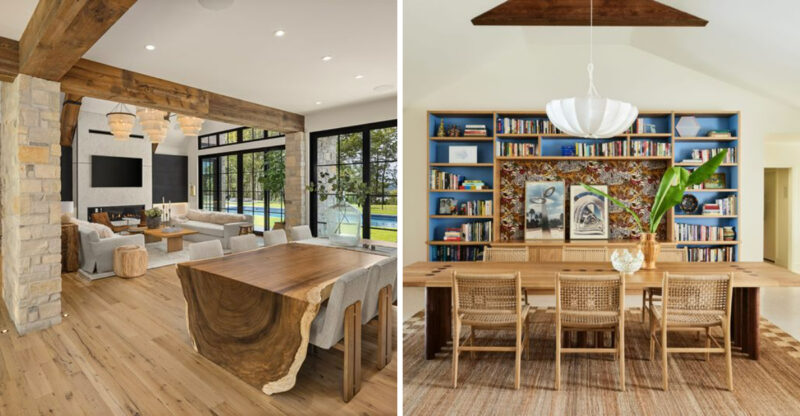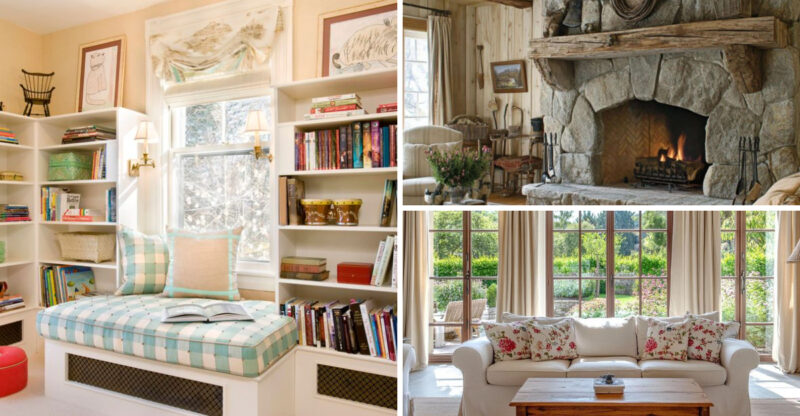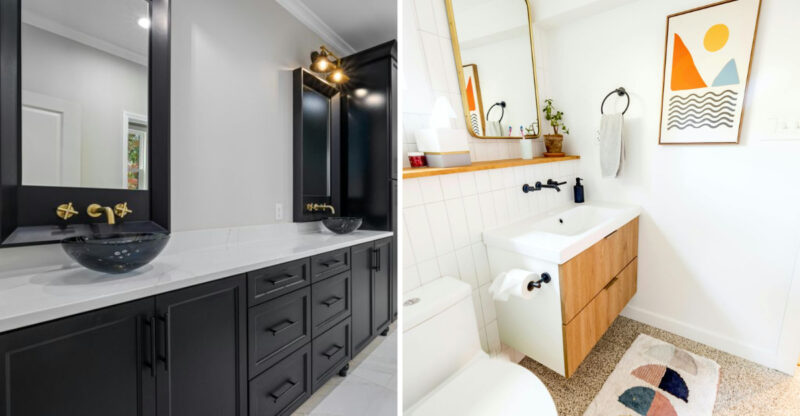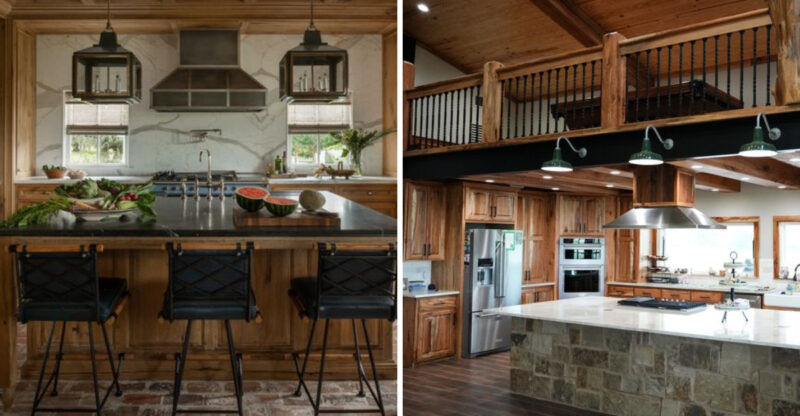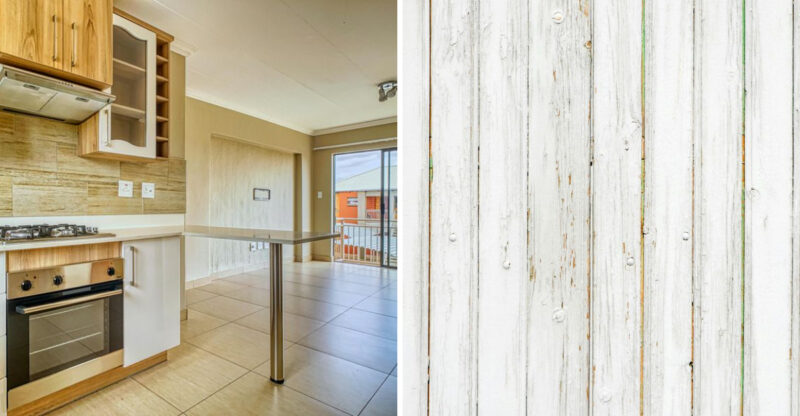17 Things Interior Designers Wish Every First-Time Homeowner Knew Before Decorating
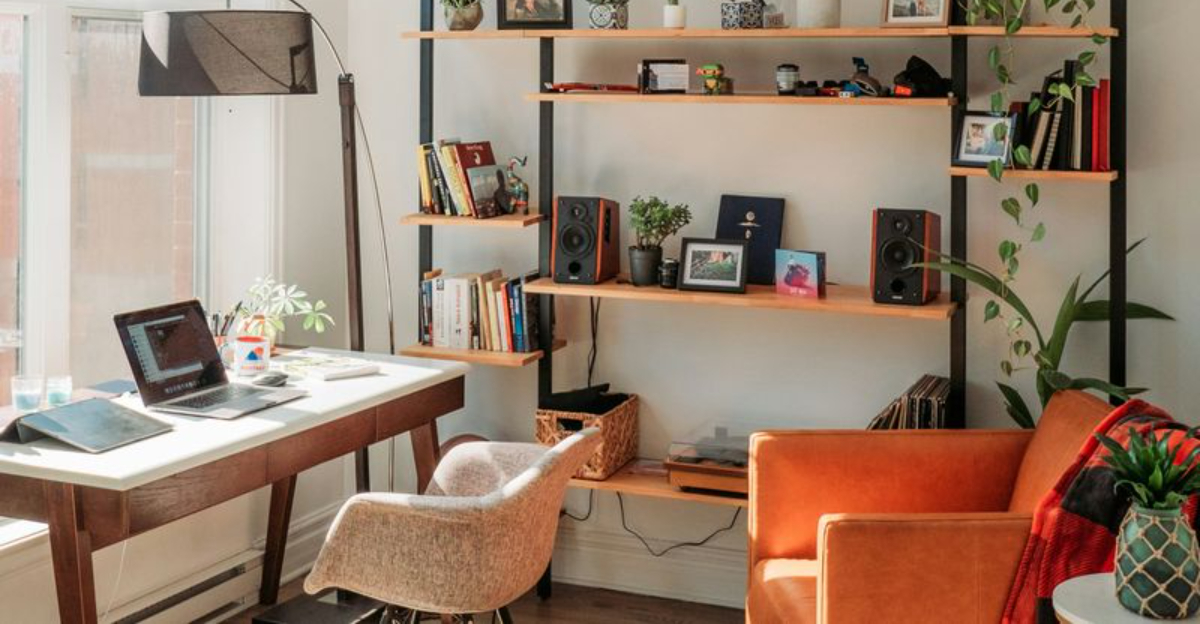
Congratulations on your first home! That empty canvas of walls and floors might seem exciting yet terrifying all at once.
As an interior designer who’s rescued countless decorating disasters, I’ve compiled wisdom that would have saved my clients thousands of dollars and buckets of tears.
Before you max out your credit card at furniture stores or pick up that paint brush, here’s what every first-time homeowner should know.
1. Paint Samples Are Non-Negotiable
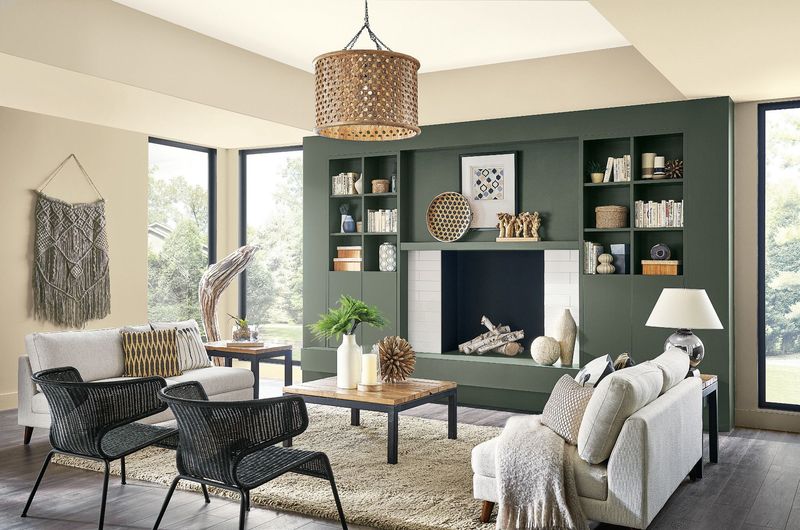
Never trust those tiny paint chips! Colors transform dramatically on large surfaces and in different lighting conditions. I’ve had clients who painted entire rooms only to discover their “perfect beige” looked radioactive pink at sunset.
Always buy sample pots and paint 2-foot squares on multiple walls. Live with them for at least 48 hours. Watch how they change from morning to evening. Your future self will thank you for this small investment that prevents massive regrets.
2. Measure Twice, Purchase Once
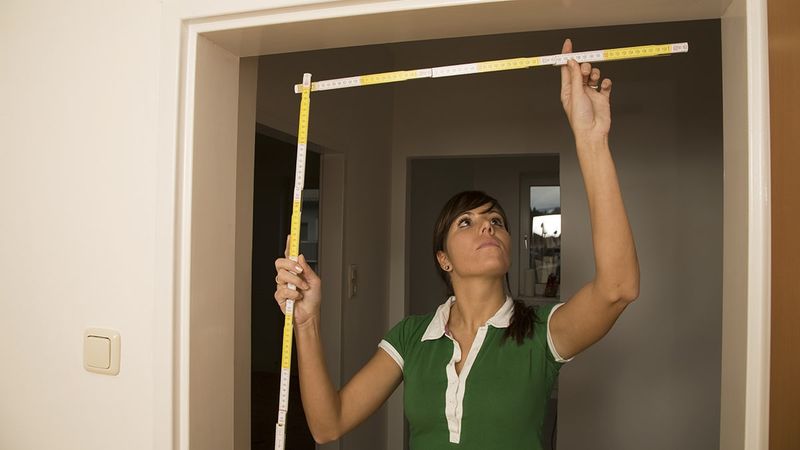
The number of sofas I’ve seen wedged in stairwells would make you weep. Smart homeowners measure doorways, hallways, stairwells, and elevators before falling in love with furniture. Keep a measuring tape in your pocket when shopping.
Create a floor plan with exact room dimensions. Include windows, doors, electrical outlets, and architectural features. This prevents heartbreak when that dream sectional won’t fit through your front door or blocks the only heating vent.
3. Budget Beyond The Basics

Honey, that Pinterest-perfect living room costs three times what you think! Newbies often budget for big furniture pieces but forget everything else. Those “little things” like curtains, rugs, and lighting can easily double your costs.
Create a comprehensive budget that includes furniture, lighting, window treatments, rugs, art, accessories, and installation costs. Then add 20% for unexpected expenses.
Trust me, there will always be something you didn’t anticipate, like discovering your dream coffee table requires special delivery fees.
4. Test Drive Your Furniture

That gorgeous sofa might look divine but feel like a medieval torture device. Furniture showrooms are filled with pieces that photograph beautifully yet punish human bodies.
Spend quality time testing before buying. Sit in chairs for at least 10 minutes. Lie on beds in your sleeping position. Open and close drawers to check quality. Your body deserves comfort, and quality furniture should last decades.
Remember, friends will remember your uncomfortable dining chairs long after they’ve forgotten your perfect table setting!
5. Lighting Makes Or Breaks Rooms
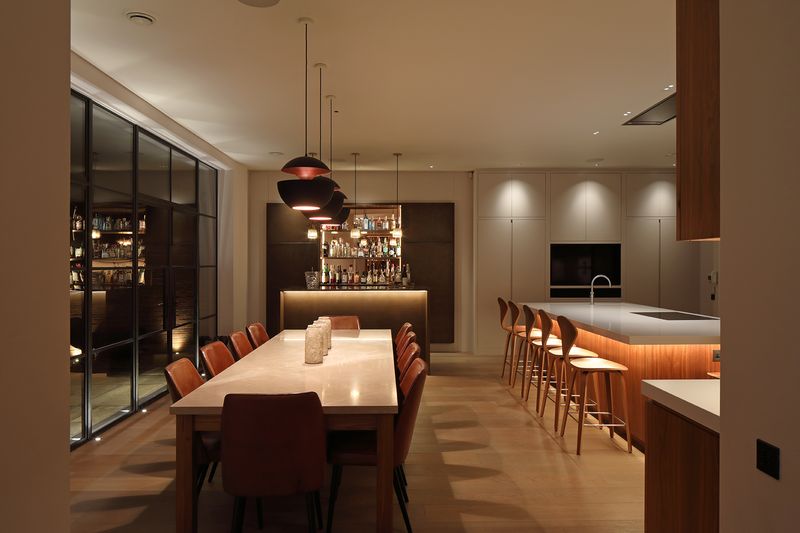
Why does your home feel flat and uninviting at night? Overhead lighting alone is the fastest way to make your home feel like a sad office cubicle! Professional designers layer lighting at different heights to create atmosphere. Think beyond builder-grade fixtures.
Every room needs three lighting types, ambient (general illumination), task (for specific activities), and accent (for drama and highlighting). Table lamps, floor lamps, and sconces at eye level create flattering light that makes everyone look gorgeous.
Bonus tip, install dimmers everywhere for instant ambiance control.
6. Rugs Need Proper Sizing
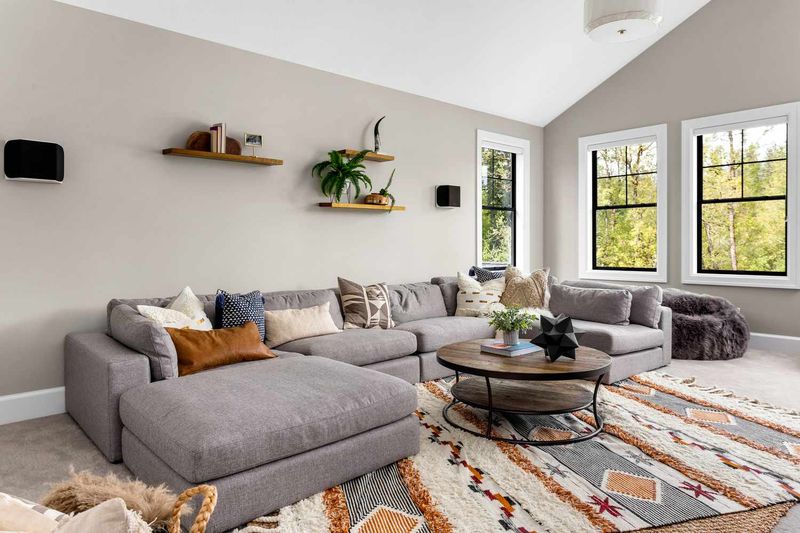
Those adorable accent rugs floating randomly around your room make designers weep. Undersized rugs create visual chaos and make spaces feel smaller. Go bigger than you think.
In living rooms, all furniture should either sit completely on the rug or have front legs on it. Dining room rugs must accommodate pulled-out chairs. Bedroom rugs should extend beyond the sides of the bed.
Proper rug sizing instantly elevates your space from amateur to professional-looking.
7. Art Hanging Has Rules
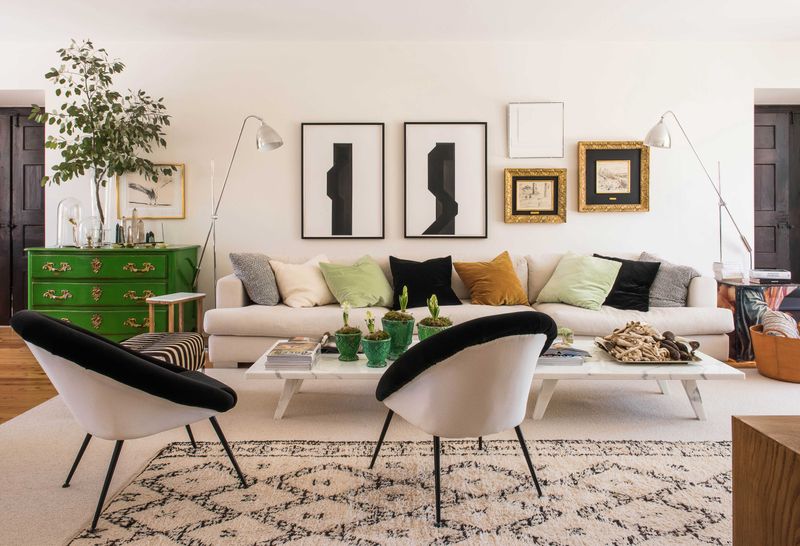
Stop hanging art at refrigerator height! The biggest rookie mistake I see is artwork suspended somewhere near the ceiling. Art should hang at eye level, with the center point approximately 57-60 inches from the floor.
When hanging art above furniture, leave 4-8 inches of space between the furniture and the frame. For gallery walls, treat the entire arrangement as one piece. Lay out your design on the floor first, take a photo for reference, then transfer to the wall. Your walls will thank you!
8. Function Before Fashion
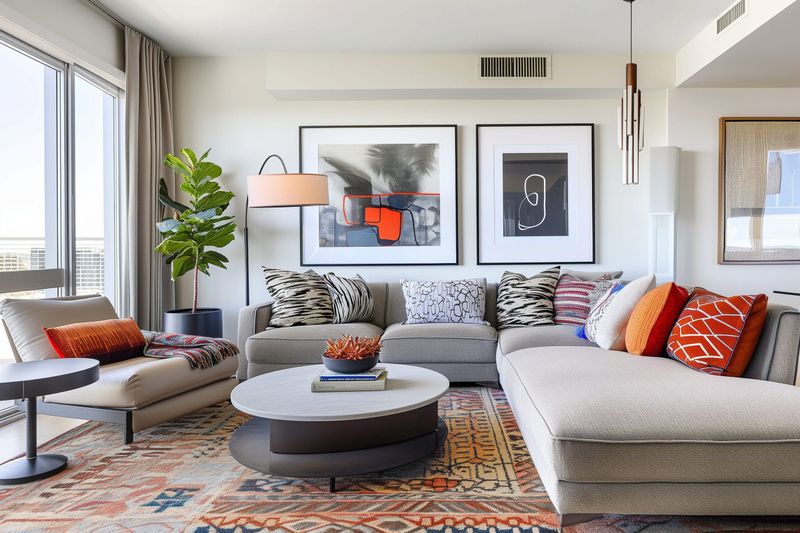
Those all-white sofas in magazine spreads? The photographers removed them after the shoot! Beautiful but impractical choices lead to stress, not enjoyment. Design for your actual life, not your fantasy life.
Have kids or pets? Choose performance fabrics. Love entertaining? Ensure adequate seating and traffic flow. Work from home? Create proper ergonomic setups.
Your home should support your daily activities while looking good. Practical doesn’t mean ugly, it means thoughtful choices that enhance life rather than complicate it.
9. Test Before Committing

Spontaneous decorating decisions usually lead to expensive regrets. You should always test elements before fully committing. This applies to everything from wallpaper to furniture arrangement.
Order fabric swatches to see materials in your actual space. Use cardboard cutouts to test furniture placement. Hang wallpaper samples for a week before covering an entire room.
These simple steps prevent costly mistakes and buyer’s remorse. Patience during the testing phase pays off with rooms you’ll love for years.
10. Window Treatments Deserve Investment
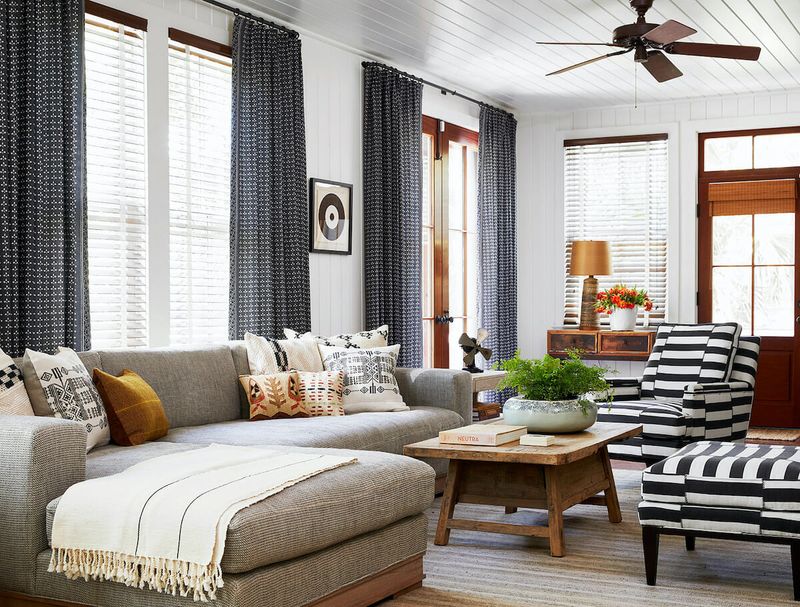
Those flimsy mini blinds that came with your house? They’re screaming “temporary living situation!” Proper window treatments instantly elevate rooms from basic to beautiful. They’re worth every penny.
Hang curtains high and wide to make windows appear larger. The rod should extend 8-12 inches beyond the window frame on each side, and hang 4-6 inches above the window (or ceiling height for drama).
Curtains should kiss the floor or puddle slightly. This simple upgrade transforms rooms more than almost any other design element.
11. Empty Space Is Your Friend
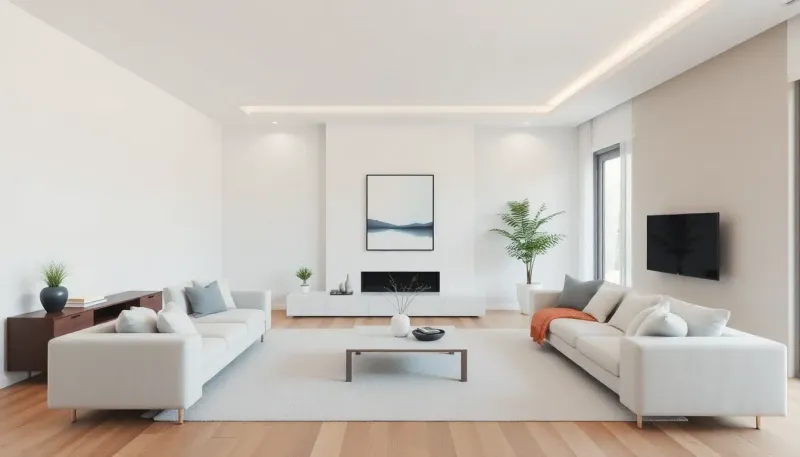
Horror vacui, fear of empty space, afflicts many first-time decorators! Resist the urge to fill every surface and corner. Breathing room between elements creates visual calm and highlights your special pieces.
Quality trumps quantity every time. One stunning lamp makes more impact than three mediocre ones. Edit ruthlessly. Remove items until the room feels slightly uncomfortable, then add back one piece. This curator’s approach elevates your space from cluttered to curated.
12. Cohesion Comes From Repetition
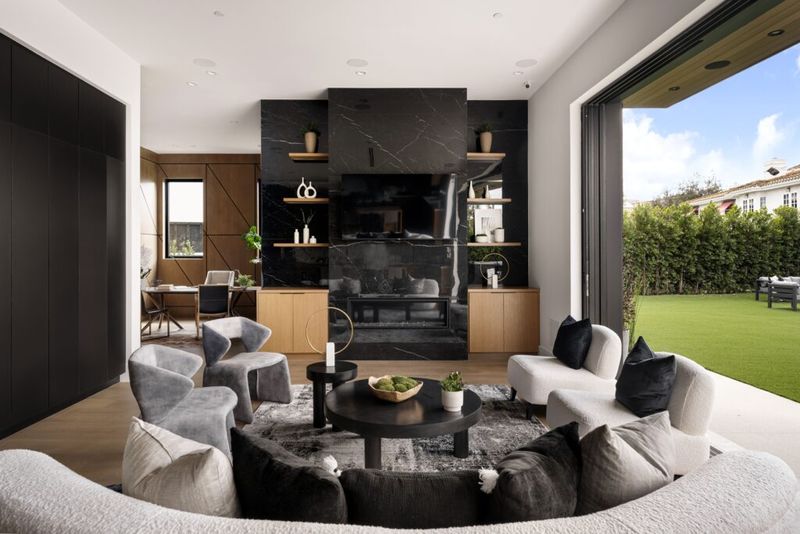
Rooms that feel “pulled together” aren’t random, they contain subtle repetition of elements! Professional designers create visual rhythm by repeating colors, shapes, patterns, or materials throughout a space.
Choose a limited color palette and repeat these hues in different proportions around the room. Echo shapes from your architecture in your furniture. Carry wood tones from floors into furniture pieces. These repetitions create subconscious connections that make spaces feel harmonious instead of haphazard.
13. Scale Makes Or Breaks Rooms
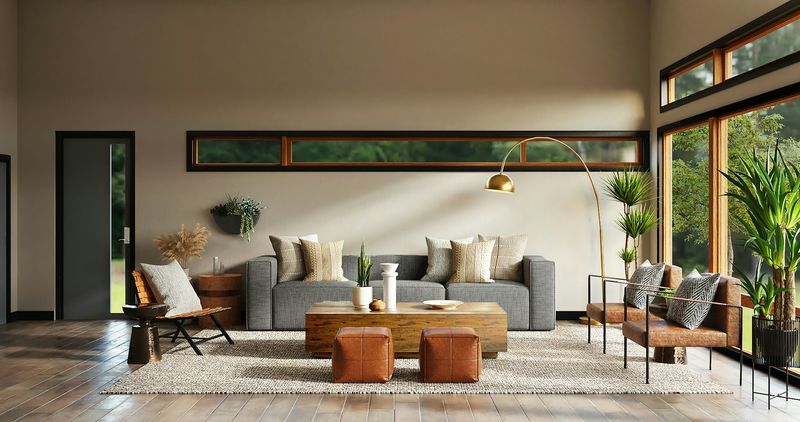
Apartment-sized furniture in a large room looks like dollhouse leftovers! Scale, the relationship between object sizes, determines whether a room feels balanced or awkward. This concept trips up even experienced decorators.
Mix large statement pieces with medium and small elements. In generous rooms, choose substantial furniture with presence. Low ceilings call for lower-profile pieces.
Pay attention to proportions between items, coffee tables should be approximately two-thirds the length of your sofa. These relationships create visual harmony.
14. Quality Basics Beat Trendy Accents
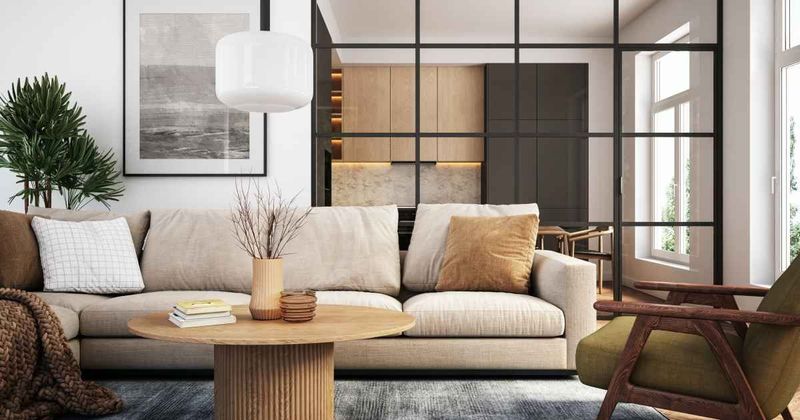
Splurge on bones, save on accessories! Invest in quality sofas, beds, dining tables, pieces you interact with daily, and should last decades. These foundation pieces determine both comfort and longevity.
Save on trend-driven items like throw pillows, art, and decorative objects that you’ll likely change as styles evolve. A well-made sofa can be refreshed with new pillows for years, while a poorly constructed one will sag and disappoint regardless of how many cute accessories you pile on it.
15. Personal Items Make Houses Homes
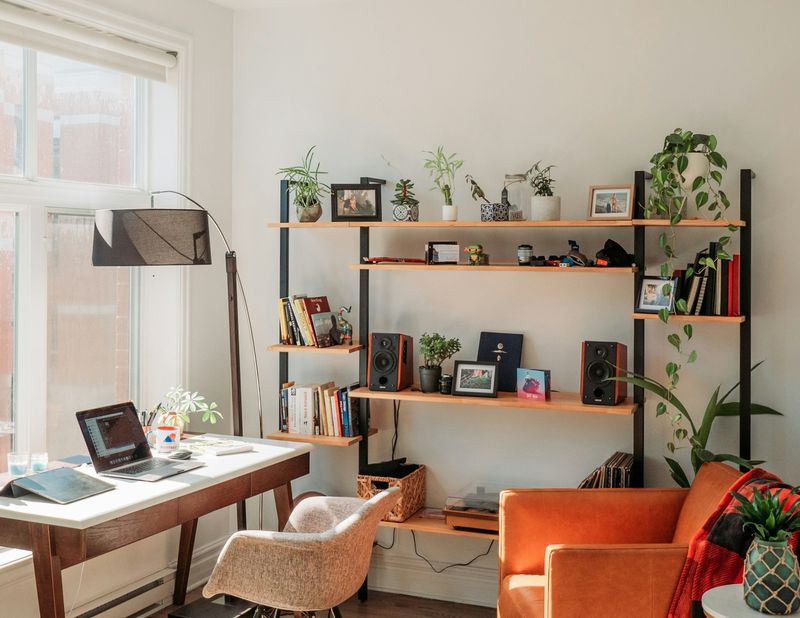
Cookie-cutter catalog rooms lack soul! The most beautiful spaces contain elements that tell your personal story. These meaningful objects create conversation starters and emotional connections that generic decor never will.
Display travel souvenirs, family photos, inherited pieces, or objects that represent your passions. Mix these personal elements with newer pieces for balance.
Visitors should sense your personality when entering your home. Without these touches, even the most expensive rooms feel like hotel lobbies.
16. Plants Bring Spaces Alive
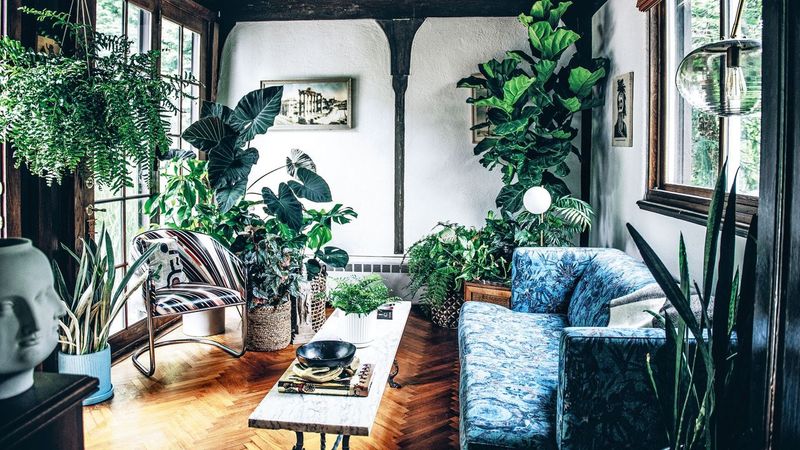
No room is truly finished without something living. Plants add texture, color, movement, and literal life to spaces. They’re the secret ingredient of every professional designer.
Even notorious plant-strugglers can find options that work. Try low-maintenance varieties like snake plants, ZZ plants, or pothos. Large floor plants fill awkward corners, while small pots add interest to shelves and tables.
For black thumbs, high-quality faux plants can work, but mix them with at least one real plant for authenticity.
17. Professionals Save Money
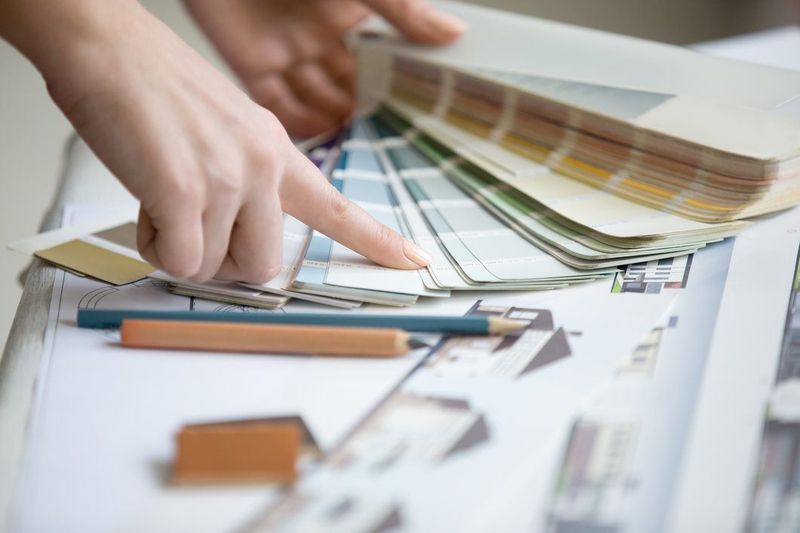
Hiring a designer seems expensive until you calculate the cost of mistakes. Even a consultation can prevent expensive errors and help prioritize your budget for maximum impact. Consider it decorating insurance.
Many designers now offer affordable hourly consultations or virtual services. They can create shopping lists within your budget, suggest paint colors, or review your plans before you commit. Their expertise helps you avoid costly mistakes like furniture that doesn’t fit or finishes that clash.

